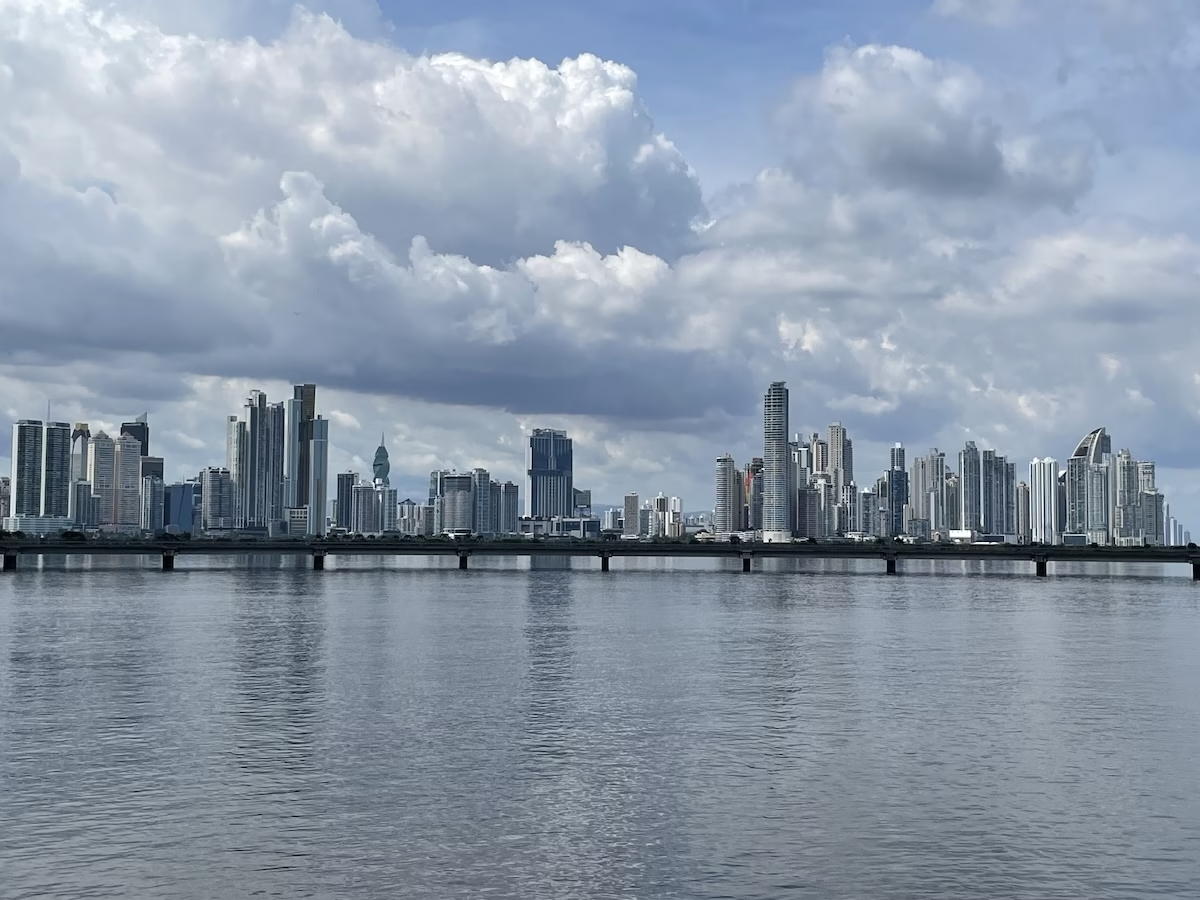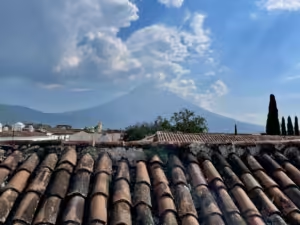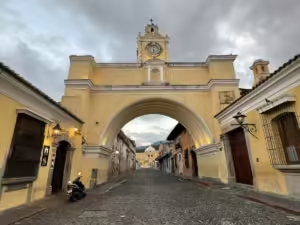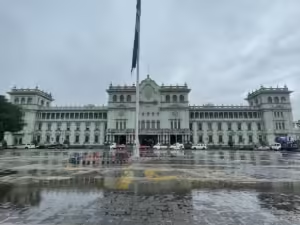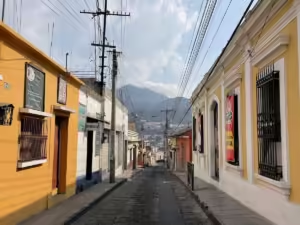Panama City is glitzy, modern and sprawling. Glass and concrete skyscrapers line streets. Cranes and construction sites promise more buildings to come. Swanky hotels and short-term rentals stacked upon cosmopolitan restaurants and posh shopping centers overlook grey, rocky tidal flats. A cement highway rings the Pacific shoreline and traffic crawls like a line of ants.
Panama City is located at the strategic junction North and South America. It’s famous namesake canal connects the world’s two major oceans and is a major thoroughfare for international shipping. The city’s architecture ranges from the elegant Spanish Colonial homes of the Casco Viejo district to the modern glass skyscrapers that look like they might be more at home in a futuristic Asian capital than in Central America.
And yet, there’s something not quite right about Panama City. All these connections and history should contribute to something vibrant and wonderful. Instead, to a casual visitor like me at least, Panama City felt a little empty and soulless.
Maybe it just didn’t click with me, or maybe I needed a local friend to show me where to go beyond the guidebook. Either way, I’ve been to Panama City twice now, and I don’t feel the need to go there again. I’ve still written this little travel guide to Panama City. If you decide to visit, I hope you find something that clicks with you.
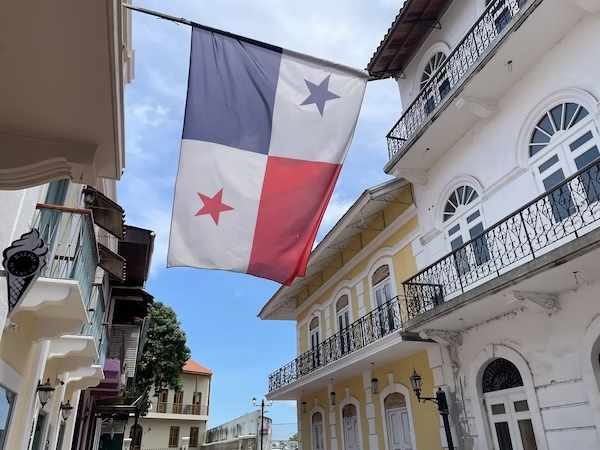
What to Know About Panama City
Panama City is the capital and largest city in Panama. It has a population of around two million, though the sprawling skyline makes it feel much bigger. It’s also a global banking center and, thanks to the canal, a major center of global trade. It’s a surprisingly integral piece of the neo-liberal, global capitalist machine.
Panama City’s History
The brutal conquistador, Pedrarias Dávila, founded Panama City in 1519. The city became a staging point for the Spanish conquest of Peru. Soon, fleets of mighty sailing ships would pass through the city, carrying stolen South American gold and silver back to Spain.
English pirate and future cheap rum icon, Henry Morgan, sacked the city in 1671 and burnt it to the ground. You can still see the ruins of the original site at Panama Viejo. The Spanish decided to move Panama City a few miles up the coast. The remains of that former Spanish glory are still present in the old quarter of Casco Viejo.
Panama City was also an important transit point for North Americans heading to California during the Gold Rush. Later, in 1903, the United States backed Panamanian independence from Colombia and started working on the Panama Canal. Obviously, the canal is still there and still an important transit point for global shipping.
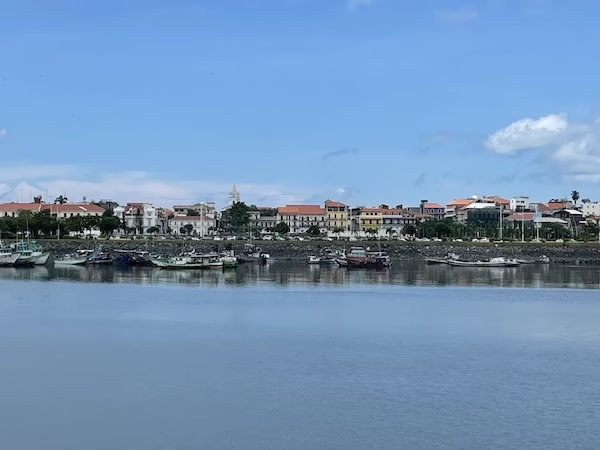
Panama City Today
More recently, the Panama Canal has been in the news due to Trump’s blustering about retaking it. The Panamanian government signed a deal with the U.S. to allow free, priority, access to the canal for military vessels and to allow a return of U.S. troops to military bases in the canal zone. This has pissed off a lot of Panamanians and numerous protests have erupted throughout the country as of summer 2025.
Aside from protests, there are a few other practicalities the average tourist traveling to Panama City should take into account. For one thing, know that Panama City is not, for the most part, very walkable. Aside from the traffic, the city’s streets are a confusing, tangled mess. Casco Viejo and some other parts of downtown are okay, but you’ll be relying on taxis to get most anywhere else.
Also, Panama City is hot. This shouldn’t come as a surprise, considering it’s located smack dab in the tropics. Be sure to wear light, breathable clothing, put on sunscreen and drink plenty of water. The city has municipal warning signs for UV level alerts, which is kind of neat.
Finally, Panama City is a bit more expensive than other Central American cities. This makes sense, considering its central role in global trade. However, the prices can come as a bit of a shock if you’re coming from almost anywhere else in Central or South America.
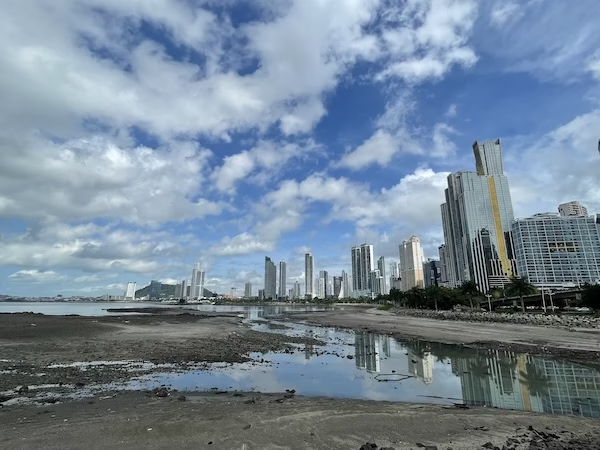
Is Panama City Safe?
A lot of people wonder about safety in Panama City. Personally, I think it’s very safe. I have heard rumors that there are some sketchy neighborhoods around Ancon Hill and just outside of Casco Viejo. I stayed in very sketchy hostel near that area once. However, in general, Panama is much safer than its neighbors.
In my anecdotal experience, if keep your wits about you without being paranoid, you’ll be fine.
I have some more detailed thoughts and research about crimes against travelers in Latin America. You can read more here: Rethinking Travel Safety and Crime in Latin America
Transportation to and Around Panama City
Panama City’s Tocumen International Airport is a major hub of Copa airlines and a major transit point for flights between North and South America. Like most airports, it’s a ways out of town. You’ll likely have to take a taxi or arrange a pick up or drop off with your accommodation.
On the other side of the city, the Albrook terminal is the city’s major bus station. Most, if not all, buses going to and from Panama City pass through here. The Albrook terminal is located in the Albrook mall and is connected to the rest of the city via the Albrook metro station. Fun fact: it’s also the site of a former U.S. air force base. For bus travel, Centrocoasting has some information on schedules, but it’s best to confirm locally as schedules often change.
The Albrook station is part of Panama City’s metro system; the only subway system in Central America. There are two lines, though most travelers will be using line one which runs from Albrook through the city center.
Panama City also has a number of public buses, though they’re typically slow and confusing. Luckily, there’s a whole army of affordable taxis roaming the streets, waiting to give you rides to wherever you need to go. Cabs are inexpensive and the drivers are reliable and honest. I suggest downloading Cabify, which works similarly to Uber or Lyft but sets you up with licensed taxis rather than random strangers.
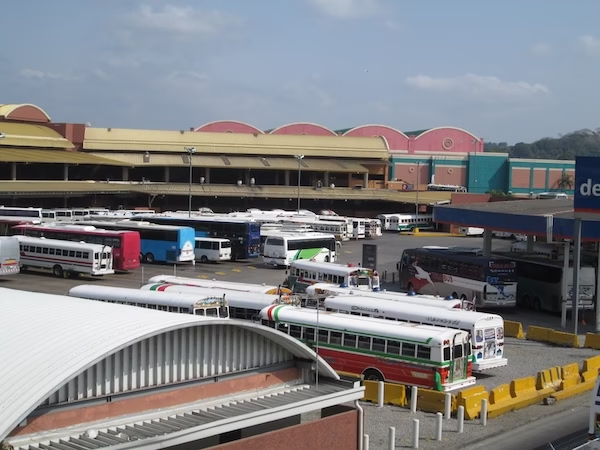
Where to Stay in Panama City
The old district of Casco Viejo is obviously the most romantic choice of where to stay in Panama City. However, when we visited, we found gentrification had set in and the old, grimy hostels that I remembered from ten years ago were all gone. Instead, there are a number of boutique hotels and apartment rentals that were well out of our price range.
We settled for a nice place in a relatively non-descript neighborhood of cement high-rises. The surroundings were fine, if not romantic, but the accommodations were good. They also had a nice little balcony area. The hotel, Eden’s Garden Hostel, was owned by an incredibly friendly, Colombian brother-sister team who went out of their way to make us feel welcomed. If you’re going to Panama City, I suggest staying at Eden’s Garden Hostel just for the friendly hosts. If you book using this link, I’ll also get a small commission, so I’d suggest doing that as well.
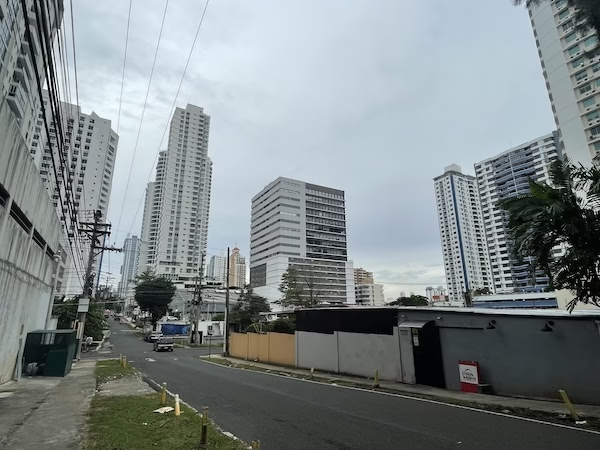
What to Do in Panama City
Being the major, modern city and commercial hub that it is, Panama City has plenty of activities to keep the average traveler occupied. I’ve heard that there are a lot of night clubs for people who are into clubbing. I find that I get incredibly irritable and curmudgeonly at night clubs, so I tend to avoid them and cannot recommend any.
I do, however, love a good city park. For as much as Panama City failed to wow me, I have to admit it has one of the best city parks I’ve ever been to.
I’m generally a fan of booking tours through hostels or in person. However, sometimes that’s just not possible. If you want to book your activities in advance, Get Your Guide has a range of activities for a reasonable price. If you book through the following link, I’ll get a small commission at no cost to you, and you’ll support an independent travel blog. Click here to explore tours in Panama.
Get Back to Nature in El Parque Natural Metropolitano
Modern Panama City, with its highways and high rises, clings to the lowlands along the Pacific coast. The hills overlooking the city, however, hide a tremendous natural wonderland.
The Parque Natural Metropolitano, or Metropolitan Natural Park, protects more than 232 hectares of humid and dry tropical forest. A network of trails meanders through the jungle where you can see toucans, sloths and all manner of other tropical wildlife. The nature here is comparable to what you might find in neighboring Costa Rica. And it’s right in the middle of the city!
While there are only a handful of trails, they are all surprisingly nice. The park feels wild and untamed, despite being squarely in the city limits. The Parque Natural Metropolitano is really a haven for nature lovers in Panama City who want a break from the concrete jungle by spending some time in a real jungle.
I suggest taking a taxi to the park. Tell the driver you want to go to Parque Natural Metropolitano. If you’re Spanish is up for it, you can ask him to meet you back in the parking lot after a few hours. Or, you can do what we did and forget to remember which taxi was which and accidentally take the wrong cab back. The point being, there are plenty of taxis that go to and from the park.
Entrance is only $5 for foreigners. You can visit the park’s official website for more information.

Wander the Old Colonial City of Casco Viejo
Casco Viejo is Panama City’s old colonial district. Wander its narrow alleys and broad plazas and admire the elegance and opulence of colonial Spanish architecture. These buildings, constructed with the stolen wealth of a continent, are now filled with posh clothing stores, fancy restaurants and boutique short-term apartment rentals you probably can’t afford. Some are crumbling ruins. Actually, Casco Viejo is a really weird mix between gentrified luxury and decaying, run down messes.
I’m generally a big fan of old buildings, especially the decaying, run down kind. And for as much as I hate imperialism, I do have a soft spot for Spanish colonial architecture. Casco Viejo is nice enough, but I don’t think it compares to some of Latin America’s other colonial cities. Antigua, Guatemala and Cartagena, Colombia, for example, are much nicer and more interesting.
Also, who the hell thought it was a good idea to build that ugly highway bridge that rings the district?
But, despite my misgivings, Casco Viejo is a must visit in Panama City. Especially if you’ve never been to any other old Spanish colonial towns. You can reach Casco Viejo by taking the metro to the 5 de Mayo station, or by taxi. You could also, theoretically, walk along the Cinta Costera.
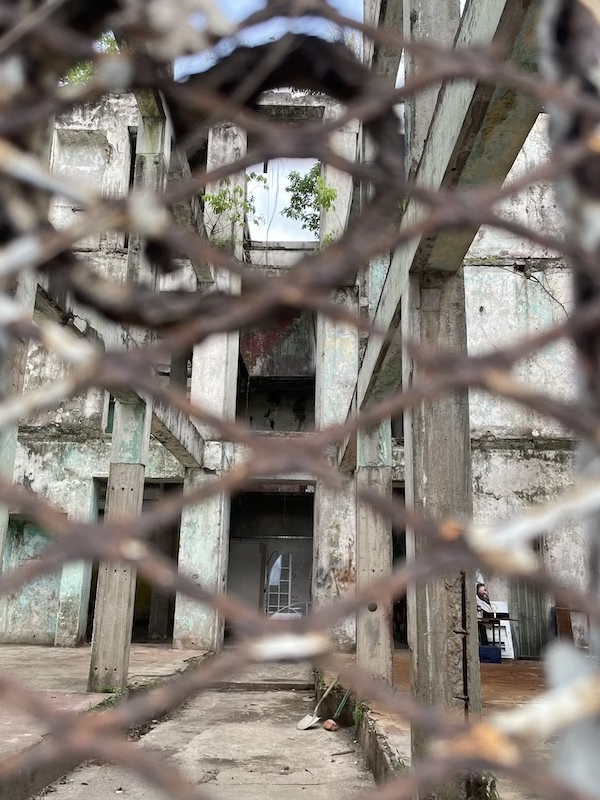
Wander the Ruins of Panama Viejo
If you’re passionate about Spanish colonial history, or passionate about pirates, you might want to visit the ruins of Panama Viejo. These are the ruins of the original Panama City, before Henry Morgan attacked and destroyed it.
To be honest, there isn’t much to these ruins. You can wander among the crumbling old stone walls, but you really have to use your imagination to picture a city here. This isn’t really a site for the casual visitor. Maybe just hardcore history buffs and rum aficionados. You’ll have to take a taxi to reach Panama Viejo.
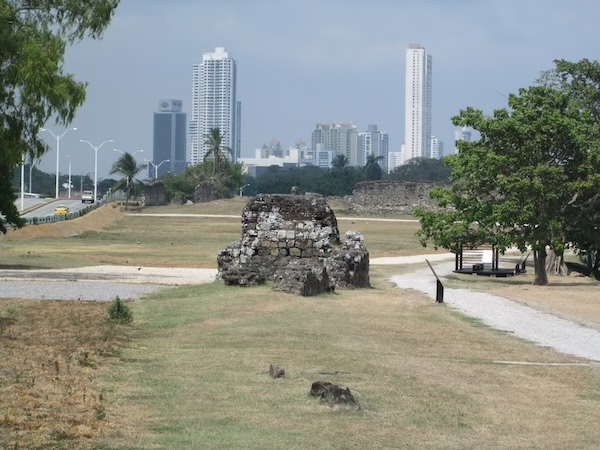
Walk Along the Cinta Costera
When you get tired of old buildings, Panama City has a very nice and very modern coastal park/walking and biking path. The Cinta Costera runs through most of the city, including along the ugly highway surrounding Casco Viejo. It’s a great place for a long walk and a great place to get views of both the old city and the modern skyline.
The Cinta Costera doesn’t have much shade, though, so make sure you bring a hat, sunscreen and plenty of water.
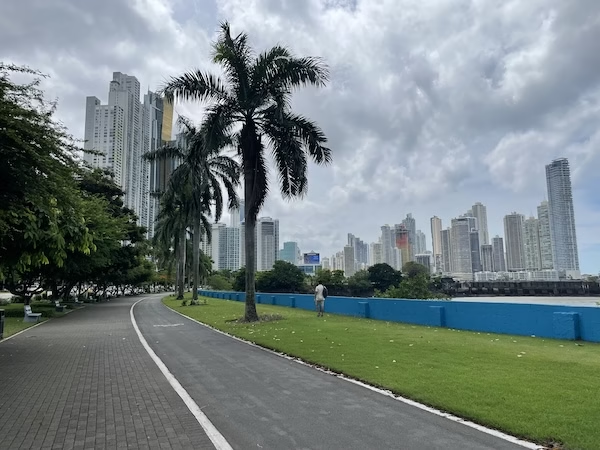
Shop for Souvenirs
I’m not big into shopping, but I have to admit that Panama City has some very interesting souvenirs. The Guna people, who are native to Panama’s Caribbean coast, are masters of the textile arts. Their signature craft is the mola, which is a piece of fabric decorated with colorful patterns and designs.
For those of you who aren’t planning a side trip to the San Blas Islands, Panama City is your next best bet to buy authentic molas. You’ll find any number of vendors selling molas and other souvenirs in the plazas and walkways near Casco Viejo and sometimes along the Cinta Costera. Most of the things on sale are locally crafted items, though you could also find some mass-produced crap if that’s what you’re looking for. I bought a really cool embroidered hat that I wear all the time and get tons of compliments on.
Eat at the Seafood Market
Panama City is home to all sorts of high finance and shipping and tourism. It’s also home to a lot of local fishermen. You can find a whole armada of fishing vessels in the bay just outside of Casco Viejo. And when these fishermen come in for the day, they haul their catches up to the Mercado de Mariscos, or Seafood Market.
Most of the seafood market is devoted to selling fresh fish, lobsters and other seafood. If you’ve got a kitchen, it’d probably be fun to fry up some super-fresh catch of the day back at home. If you don’t have a kitchen, or perhaps only have access to a shared hostel kitchen and you don’t want to smell up the place by cooking fish, the Mercado de Mariscos has plenty of little restaurants and food stalls. Pull up a plastic chair and order up a serving of ceviche and a bottle of cold beer and watch the futbol match with the locals.
The market is located just north of Casco Viejo along the Cinta Costera.

Look at the Panama Canal
Finally, we come to Panama’s most famous attraction. It’s also its most boring. It’s a canal. Big ships go back and forth through it. There you go. Unless you’re some sort of major canal head, the only reason to go to the Panama Canal is just so you can say you’ve been to the Panama Canal.
If you decide you want to be able to tell people back home you’ve been to the Panama Canal, the best place to go is the Miraflores Locks. You can take a taxi there. Otherwise, make your way to the Albrook bus station and then catch the bus towards “Gamboa”. I’m pretty sure all the drivers assume any gringo on their bus is going to visit the canal, but feel free to confirm.
The Miraflores Locks have an overpriced museum and observation deck.
If you want to say you’ve seen the canal without going through the trouble of visiting the Miraflores Locks, I have a little life hack for you. Take a bus to or from any place in Panama west of Panama City. Look out the window as you go over the bridge leading into the city and there’s the canal. Now you can say you saw the Panama Canal.
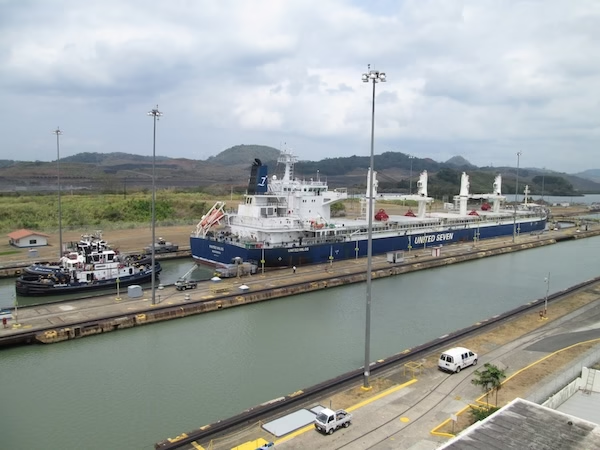
Visit the BioMuseo
I haven’t actually been to this last suggestion, but I really wanted to go there so I’m adding it to this list. The BioMuseo was designed by Frank Gehry and contains information about Panama’s wildlife and natural history. Being the narrow land bridge between North and South America, Panama has a pretty interesting natural history.
I really wanted to go there. Unfortunately, the museum was closed for renovations while we were in Panama City, so I didn’t get to go. That’s how it goes, sometimes.
Is Panama City Worth Visiting?
On paper at least, Panama City seems like it would be right up my alley. There’s the historical buildings, improving public transportation and lots of things to see and do. As well as one of the best city parks I’ve ever been to. However, my overall impression both times I’ve visited has been a shoulder shrug.
If you’re already traveling through Central America and on your way to South America: sure, why not? Panama City has enough to make a couple of day stopover worthwhile. Unfortunately, I just don’t think it has enough on offer to warrant a special trip.
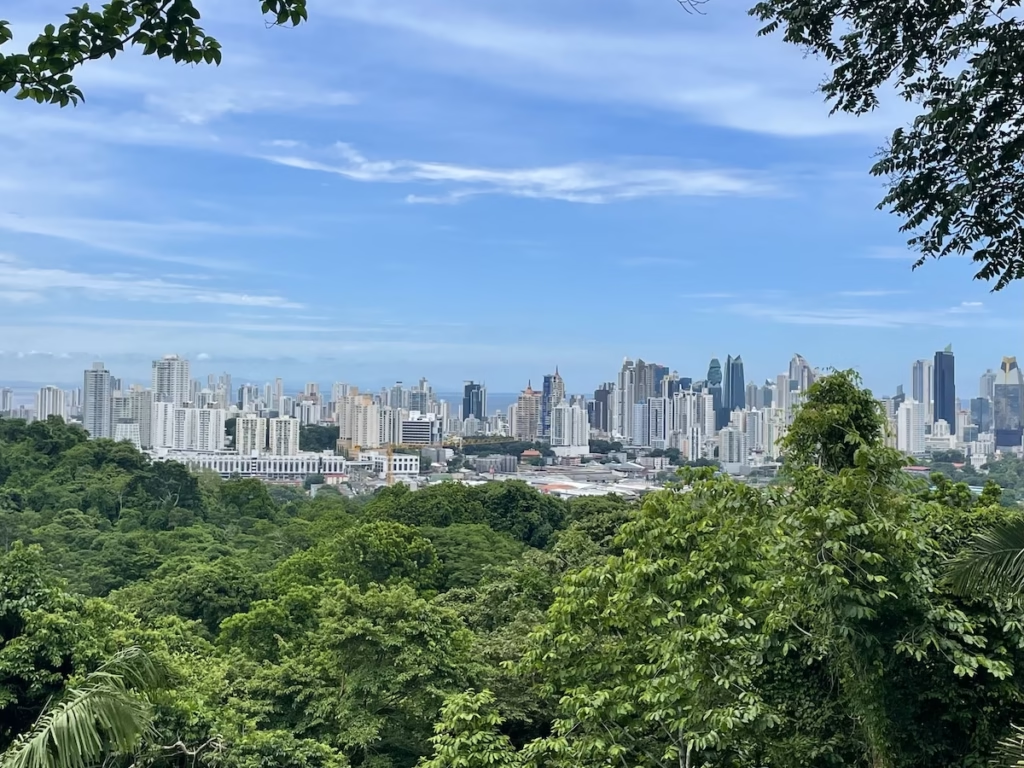
Final Thoughts on Panama City
Latin America is a wonderful place to travel, and is filled with numerous gorgeous, sometimes life-changing, cities. Panama City is not one of them. It’s not a bad place by any means, but it just doesn’t compare with some of the region’s other astounding destinations.
And that’s okay. I get the impression that Panama City is perhaps a better place to live than it is to visit. Considering some of the negative impacts over-tourism has had around the world, that’s something I can get behind. It’s nice that there’s a place that doesn’t completely revolve around foreign travelers.
So, with that in mind, I do genuinely hope the Panamanians enjoy their capital city. It’s a fine place, but it’s just not the city for me.
Willing to strike out beyond the big city? Read our guide to Panama here: Passing Through Panama: A Travel Guide to the Country that Connects the Americas
Useful Websites for Traveling Panama
As much as we might long for the days when you could show up to a town with nothing more than a beat-up guidebook and a sense of adventure, today much of traveling involves being glued to our phones making bookings. I’ve compiled some helpful apps and websites below that at least help make those bookings more convenient so you can spend less time staring at your phone and more time exploring at your surroundings. Some of these sites are affiliate links that give me a small commission at no cost to you if you chose to book through them. All of them are sites I’ve used personally and have no problem recommending.
Just be sure to do your due diligence as much as possible. Only hire local guides and try as much as possible to stay in locally owned hotels and hostels so that your hard earned travel dollars actually go to support the local economies of the places you visit.
Booking.com is basically the world’s only hotel booking website. They have hotels, guesthouses and vacation rentals all over Panama.
Hostelworld is the go-to site for booking hostels. If dorm rooms and shared bathrooms are your thing, you’ll find hostels throughout Panama.
Get Your Guide offers tours and activities all around the world. Unlike some other sites and apps that do the same thing, you can actually find some reasonably priced deals here.
Centro Coasting is a great website to look up bus routes and times throughout Central America. Schedules change regularly, and the site is sometimes not as up to date as you’d like. However, it’s a good resource to help give you an idea when the buses leave, or at least get you to the right terminal.

